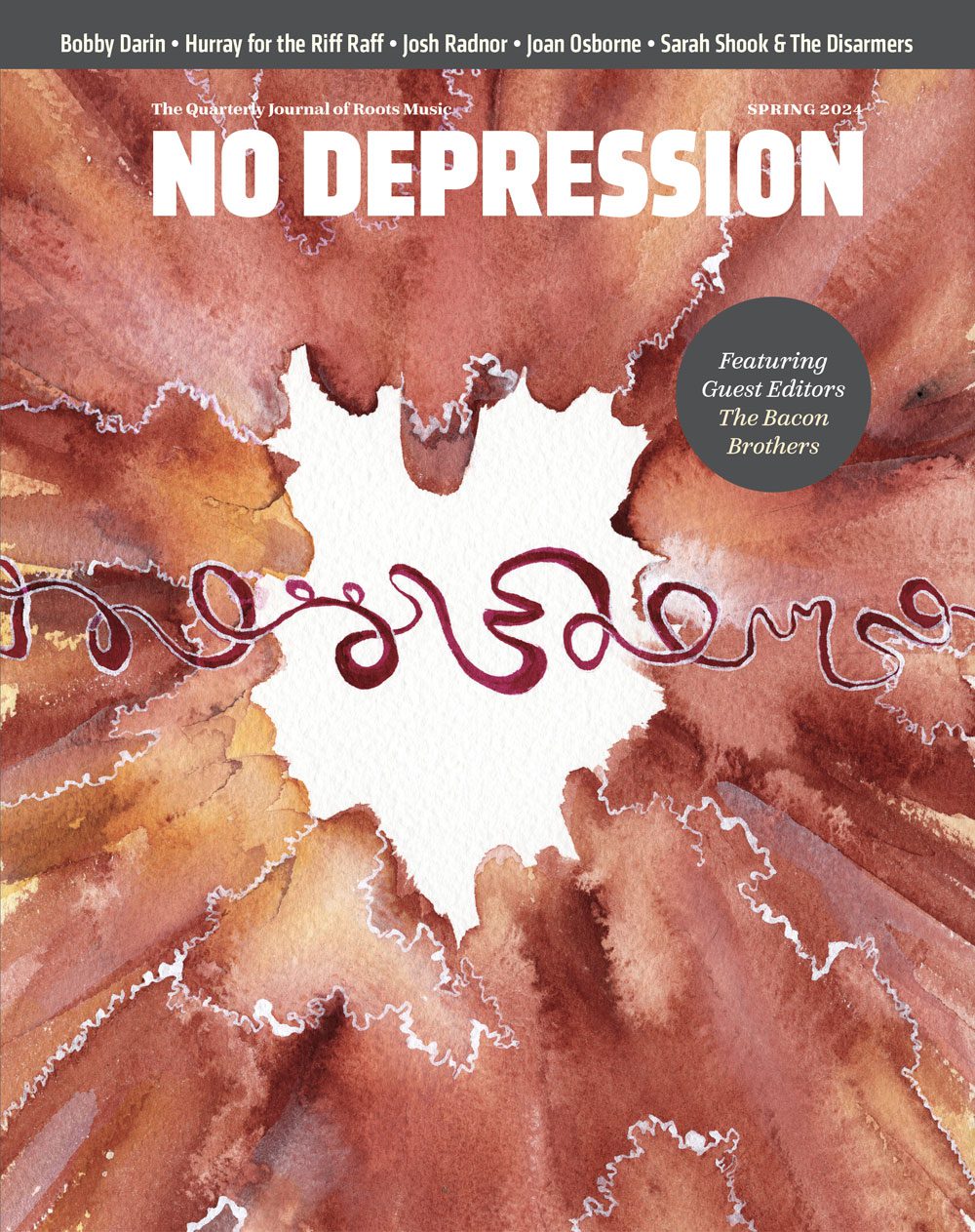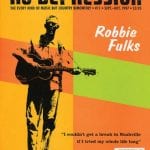Lost Highway
The second novel from Richard Currey, by day a New Mexico physician, traces the life of a West Virginia banjo player named Sapper Reeves, his trio, and the second trio his wife and son complete, from 19471997.
Currey has fashioned an elegant, lyric sketch that seeks to dart down country roads, through dissipation and Vietnam, and into redemption and rediscovery. That is, Sapper and the Still Creek Boys’ music outlasts their obscurity, his son survives crippling injuries from the war, and his marriage endures both the disappointment and the drinking that follows. Lost Highway is, in both its stately language and serene point of view, a companion to Wallace Stegner’s Crossing to Safety, another recent novel seeking to come to terms with age and its demands on art and friendship.
That is its success, that certain serenity and those well-polished words.
As a book about music and rural musicians, however, Lost Highway is largely a failure of fact and tone. To wit:
(1) Currey’s opening sketch has Sapper driving from a Nashville recording session east on I-40 to Knoxville “before turning north, into the Cumberlands and Kentucky.” As it happens, I had just made that journey the night before opening Lost Highway, and the routing’s all wrong. It’s faster and more direct to head up I-65 straight to Lexington, and certainly the 72-year-old veteran musician would know that.
(2) A few pages later, at the end of 1948, Sapper takes his band to Charleston to record two sides of a 45. This would be very odd, if true, for the 45 didn’t come into prominence until the mid-’50s, and would have been state-of-the-art technology then.
(3) In the section headed 194750, Sapper’s wife-to-be, Riva, requests that he play “The Long Black Veil” for her senile father. It’s a great song, but it didn’t exist yet; Danny Dill and Marijohn Wilkin co-wrote it in 1959, and Lefty Frizzell had the first hit with it that same year.
Certainly a novelist should be free to keep the facts from interfering with a good story, but Lost Highway is written from Sapper’s point of view, and these (and other) errors shake the credibility of the authorial voice. And that voice is problematic. Here, for example, Sapper is remembering the recording of his first album:
“Twelve songs recorded across five nights to become an almanac of months and years earning this destination, and for me in the range of my secrets and fervent imaginings a reconciliation, a prayerful coming to terms, a midnight revival.”
It’s wonderful language but carries none of the cadence of a rural, self-educated West Virginia musician. This is not to argue that the only way to approach dialect is through a Faulknerian patois, but Currey’s words simply do not match Sapper’s character. (Indeed, the stories of Breece D’J Pancake are inescapably rooted in those same hills, and he was no less educated a writer than Currey.)
In short, I do not believe Richard Currey.
It’s too bad. He’s a fine writer, but he writes about music and musicians from too great a distance.




